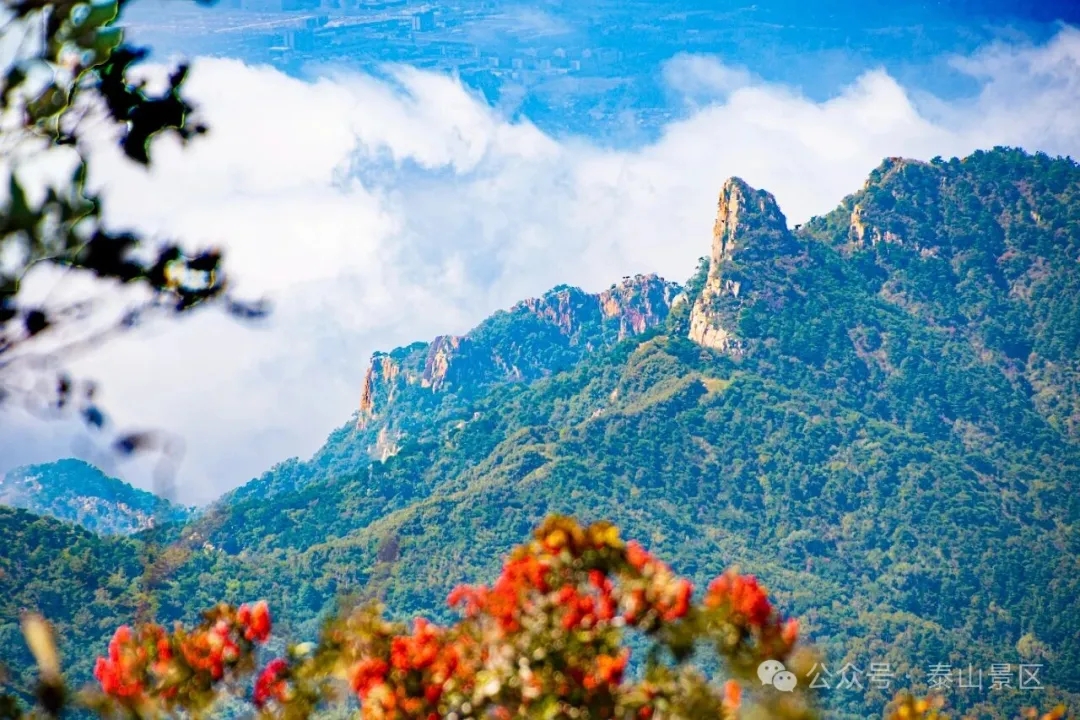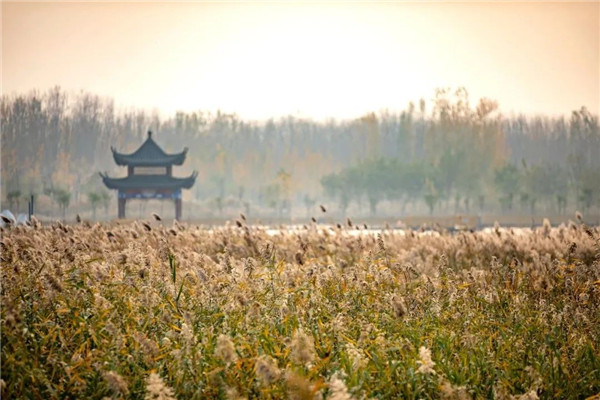Halla Mountain
 |
|
Hallasan. [File photo] |
Hallasan is a massive shield volcano which forms the bulk of Jeju Island and is often taken as representing the island itself. There is a local saying stating that "Jeju Island is Hallasan; and Hallasan is Jeju." The mountain can be seen from all places on the island, but its peak is often covered in clouds. The mountain has been designated Korea's Natural Monument No 182.
The volcanic island was constructed starting in the Pliocene epoch atop the continental shelf, which is about 100 m below sea level in that area. Eruptions of basalt and trachyte lava built the island above sea level, and it now reaches a height of 1,950 metres. A large volcanic crater over 400 m in diameter tops the volcano. About 360 parasitic cones, or oreum in the Jeju dialect, are found on the volcano's flanks. Most of them are cinder cones and scoria cones, but there are also some lava domes and about 20 tuff rings near the coast and offshore, which were formed by underwater phreatic eruptions. The most recent eruptions occurred on the flanks in 1002 and 1007.
There is a crater lake on Hallasan called Baengnokdam, literally meaning "white deer lake." There is a legend attributing the name of the lake to otherworldly men who descend from heaven to play with white deer. Depending on the season, the circumference of the lake is up to two kilometers with a depth up to about 100 meters.
Named as the Gods' mountain, Hanlla Mountain gives people the sense of a mother's love and also shows toughness, just like a Korean woman with virtues of being brave and tender.
Editor: Guo Changdong



 Embark on cultural trip in Shandong
Embark on cultural trip in Shandong Global civilizations shine at Nishan in Shandong
Global civilizations shine at Nishan in Shandong Explore Taishan Mountain's autumn splendor
Explore Taishan Mountain's autumn splendor

